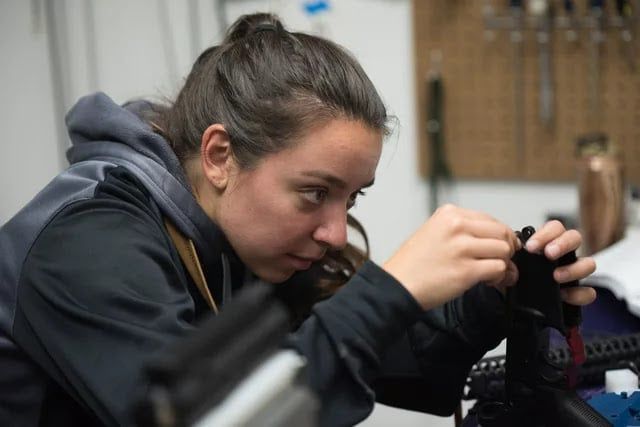
As a small arms repairman and writer for the American Gunsmith, Stephanie Martz’s passion for building and maintaining firearms at a high level is an inspiration. To learn more about Stephanie, her journey with the AR, her path towards excellence, and the importance of asking “why?”, we were fortunate enough to sit down and speak with her for a brief interview.
Q: Stephanie, how did you first become involved with firearms?
Stephanie Martz: I joined the military at the age of 17 as a Small Arms Repairman. After I went through Basic Training and Advanced Individual Training, I then started my full time job as a Small Arms Repairman for the Minnesota Army National Guard.
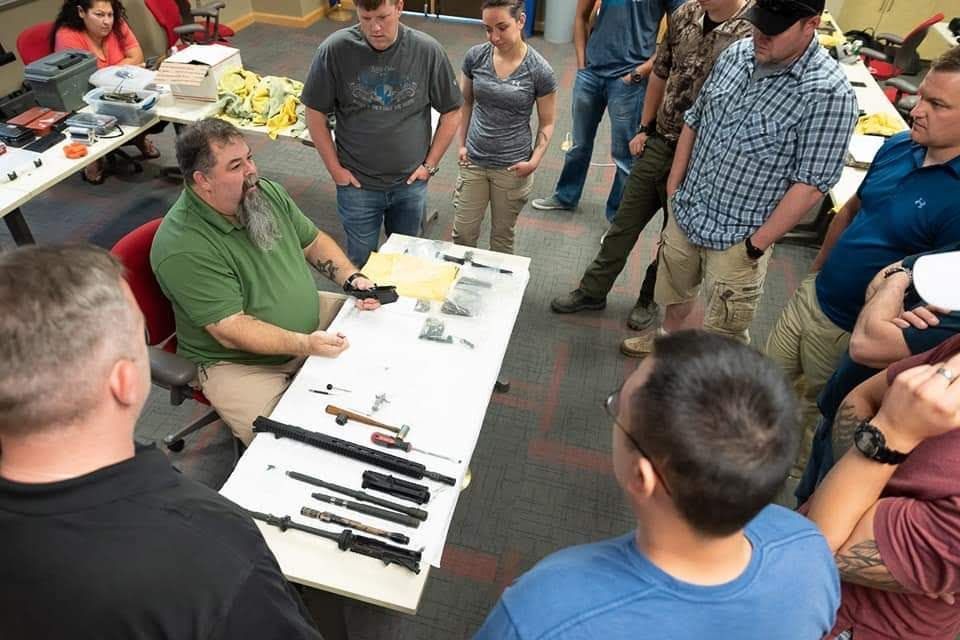
“Surrounded by guns…”
As a Small Arms Repairman, we work on everything from the M9 handgun all the way up to the MK19 automatic grenade launcher, as well as artillery and mortars. So, I’m constantly surrounded by guns, concepts surrounding marksmanship, and all the things that are related to both.
From there, I got involved with the Minnesota Marksmanship Team. It was there that I met a lot of folks from the industry like Chris Rance, Ash Hess, and Mike Lewis. They helped bring me into the civilian side of things.
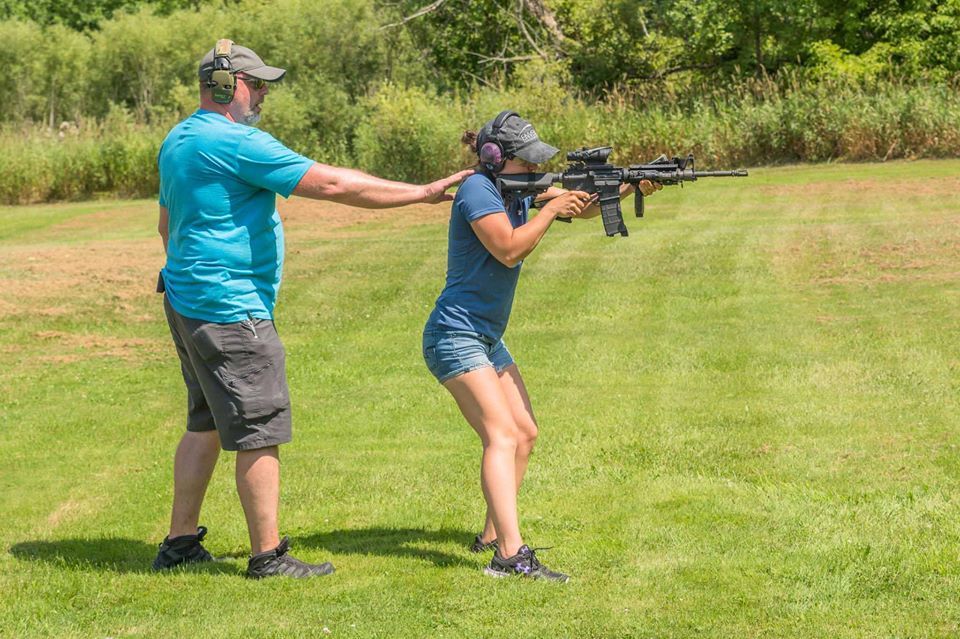
Q: What was your first experience with the AR-15? Was it something you grew up with or was it something you were first introduced to in the military?
Stephanie Martz: The military was really my first experience. I didn’t grow up with a family that was into weapons. I just had an interest in it, and small arms repair was the one job I really had an interest in and wanted to learn more about.
As far as schooling, learning about the AR platform…that was the first class that you take. However, these courses just teach you the basics on how to assemble and disassemble. You’re not really learning anything about how it functions. It’s rather just a baseline so that you can learn more if you want.
The great part about being in the military is you do get some unique learning options, and the military will pay for it if you ask the right way. I’ve been through FN courses on the 240/249, the Knight’s course for the 110, Glock…the Army gives you these opportunities that I would not otherwise be able to get if I was a civilian.
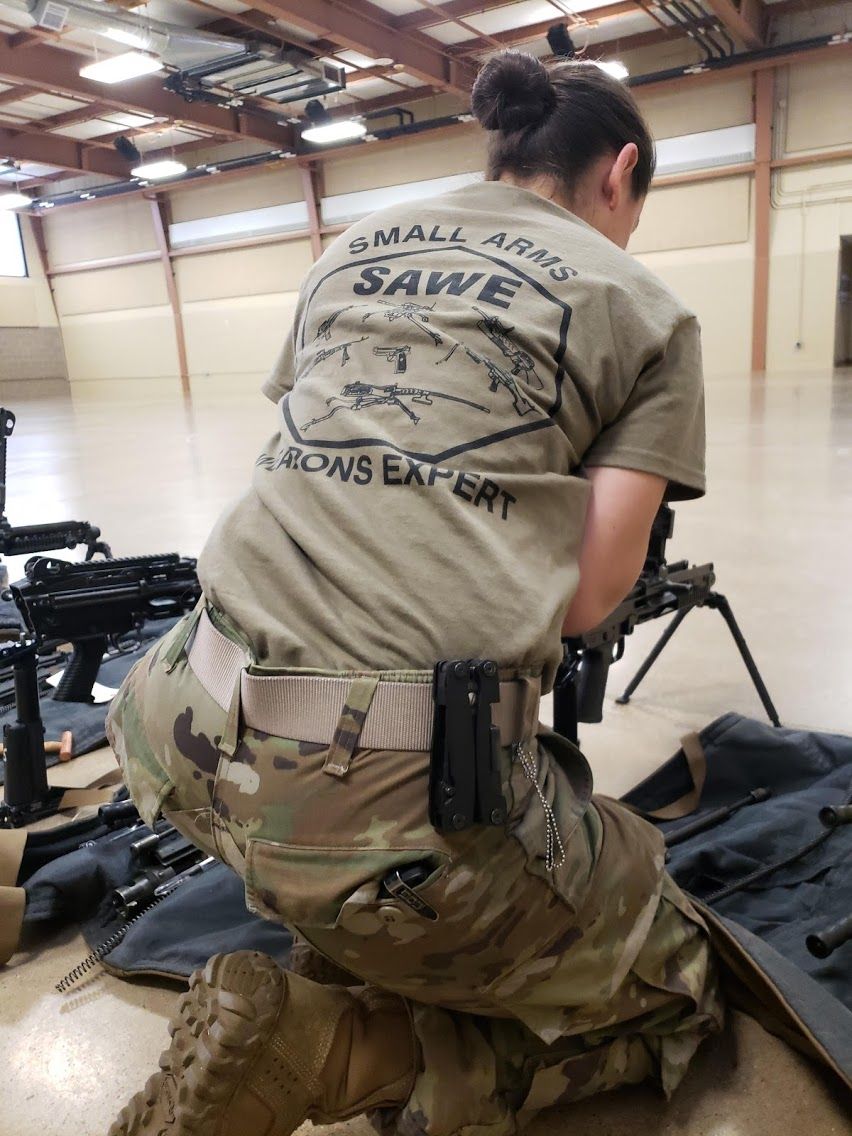
Q: When did you decide to stretch out for even more training than what you were being provided?
Stephanie Martz: The more I worked with the firearms, the more passionate I became. When I started to truly understand weapons and their function, I began to notice a huge amount of misinformation floating around out there. I also really became aware the fact that there were a lot of soldiers who lacked information on how to properly operate or work on their weapons.
It became my passion to try to help those soldiers out and after meeting some of the folks in the industry that I mentioned previously, I started to get an idea of what proper knowledge and good information actually look like. I decided I wanted to do everything I could to one day be at their level. Frankly, I wanted to be at the level of the guys who were writing the manuals, teaching the soldiers what they needed to know. I wanted to be able to be that person that others reach out to.
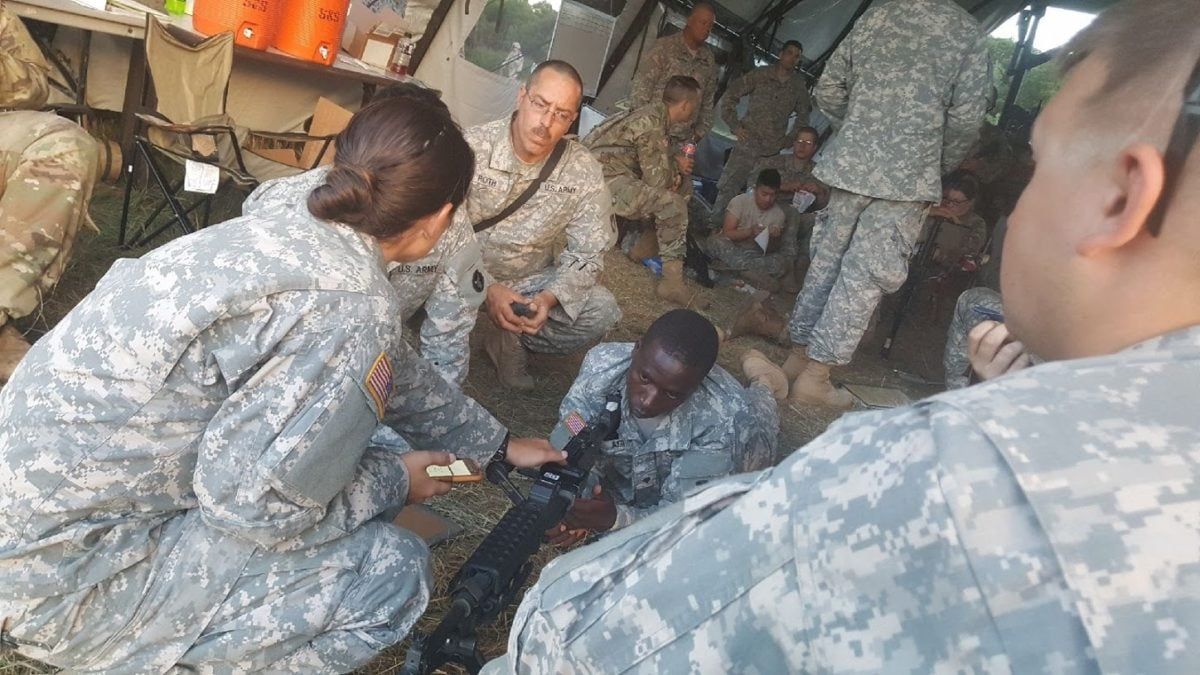
Q: When it comes to the AR platform, How does one tell the difference between good and bad information?
Stephanie Martz: At first it’s hard. You will look at someone who appears to be at the top of their game, writing manuals and things like that, but you still cannot assume. There is a need to fact check. I also needed to make sure when I was speaking, that I was being accurate, and I was fact checking myself.
When I first started out, one of the ways I did this was by getting on Primary & Secondary. It was a web site that was absolutely crucial for me. I looked at the knowledge that they were sharing, and then I looked at the sources of information that that users there indicated I should be wary of, and I began running all of that through my own filters and judgement.
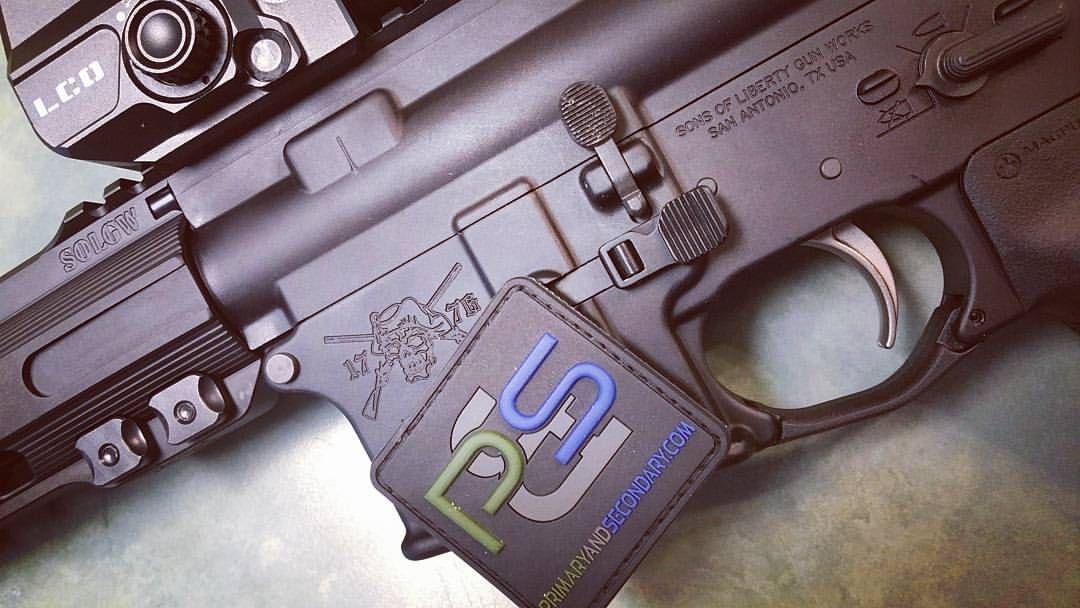
“Actual knowledge and facts…”
What I found was that what was being shared there was based on actual knowledge and facts. It was based on more than just personal experience, and I think that’s something that’s important to note.
Experience is fine, but for a lot of folks within the military and on the civilian side, they perhaps rely too much on their own experiences. What I mean by that is if they’ve been doing something wrong their entire career, their experience doesn’t hold much actual weight.
Q: I think something Primary & Secondary is good at is forcing folks to indicate the “why” behind things.
Stephanie Martz: They do and asking that “why” is everything. I notice dealing with the Millennial generation, that it helps to give them the “why” behind something. You have to give them the reason as to why they are doing something.
The “why” for me has always been about protecting the soldier’s life. That gun is their lifeline. If the gun is not working, it’s not going to save them. When my hands are on these weapons, I realize that I am their lifeline…and the work that I do has to be the best it can possibly be.
“Understand the why”
I think for anyone who is putting together or maintaining an AR for defensive purposes, they need to understand the why behind what they are doing, the why behind the parts that they are choosing, and the why behind the money they are spending.
From my perspective working with soldiers, every gun that they have has a certain job and a certain purpose. For me to know how to properly work on that weapon, I have to know that weapon’s job. Currently, I deal with over 36 different units, and every unit has a different job. So, for that gun , I need to know what accessories they want on it, and I need to know the job that it is going to be doing so that I can do my part to the best of my abilities.
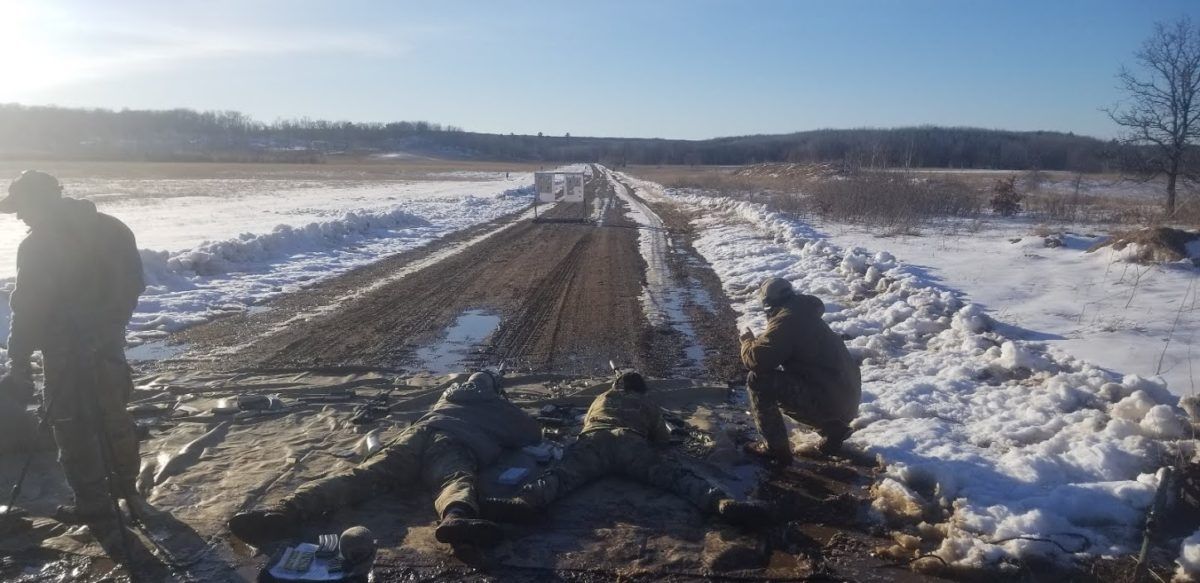
Q: In regards to your position as a small arms repairman, you’re dealing with a lot of ARs, all seeing quite a bit of use. What are the biggest problems you run into?
Stephanie Martz: A lot of people don’t dig into the workings of the weapon as much as they perhaps should. That falls onto the NCOs. One of the ramifications of that is a lot of soldiers think that they can run their gun without any lube, then they get surprised when the gun doesn’t work. Things will not extract, or they won’t chamber or won’t eject. Then, because they don’t have a deep understanding of the weapon, they don’t know why it’s not working and because they don’t know why, they can’t fix it.
I see the AR in mass quantities…and I feel so lucky to be able to be able to do that. I deal with 100 M4s at a time at each unit that I go to. One thing I see a lot that has surprised me is the sheer amount of time I spend repairing iron sights vs. optics. Iron sights seem to really have a tendency to come loose or break off. It’s to the point where I feel like that if you really want to have that gun be your lifeline, you should probably put an optic on it.
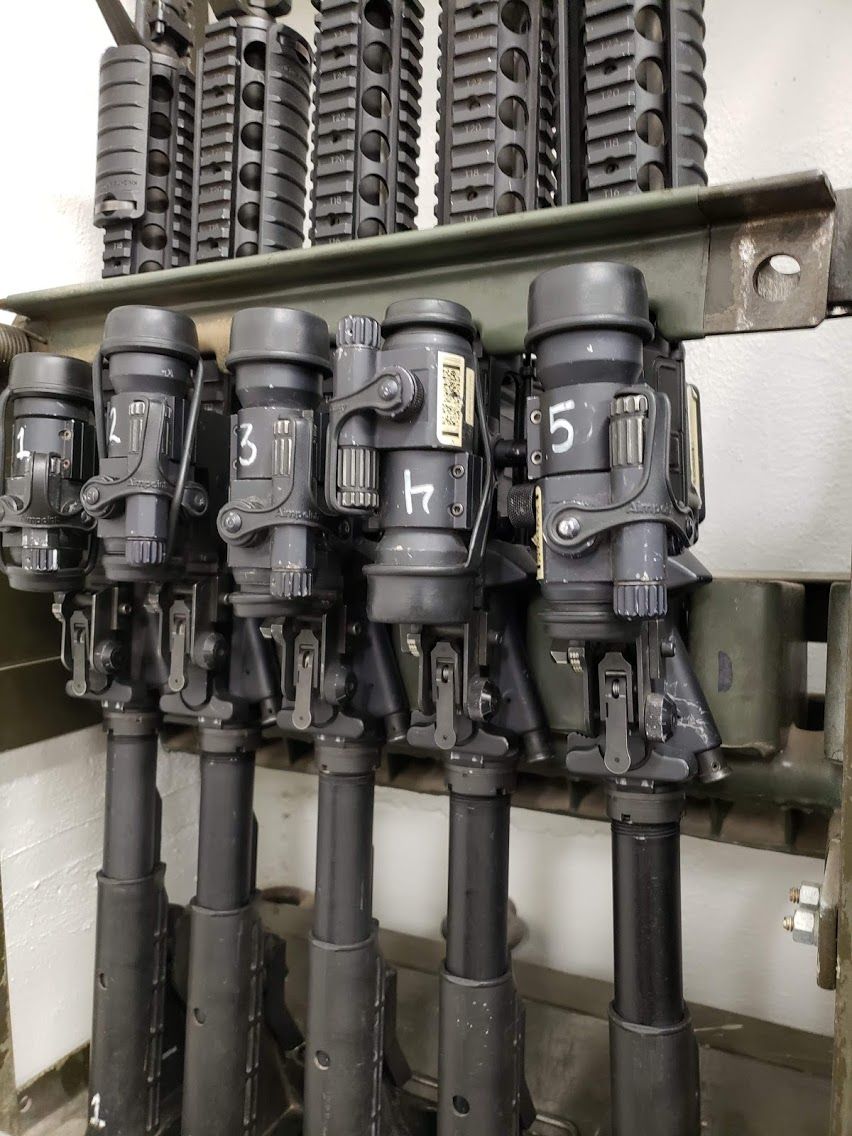
Q: How is your work on the military side compared to what you see in the firearms industry at large?
Stephanie Martz: With the commercial industry, there’s so much stuff. It was overwhelming at first. There were so many things to consider as far as barrels, rails, and gas port sizes. But more than that, it was also “what companies out there do you trust?” I’ve had to learn the good companies versus the bad companies…but it takes a lot of research and effort, as well as keeping an open mind.
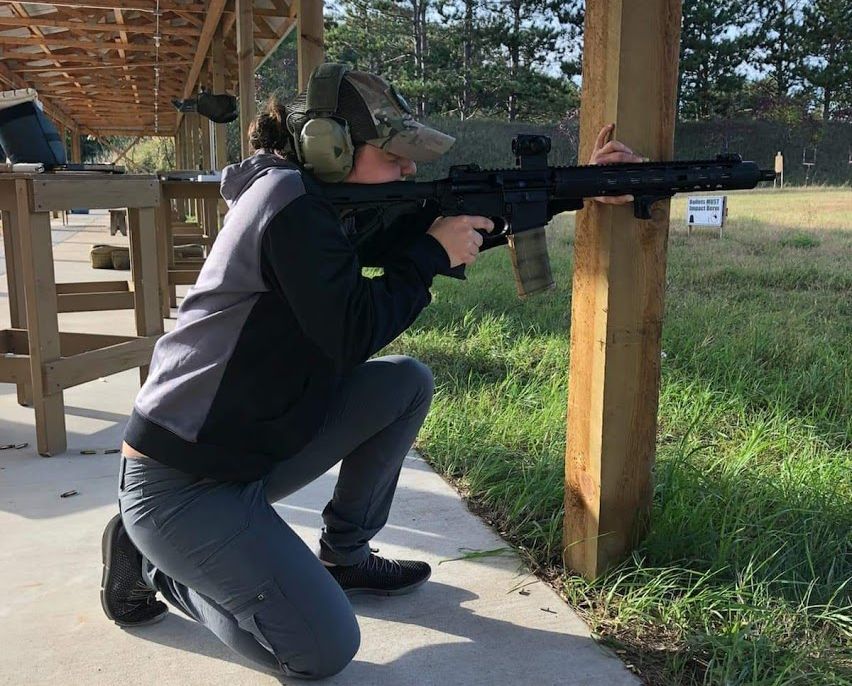
I build my own ARs now for self-defense and also for 2-gun stuff. I had to look at all of the different parts, learn the why behind each part, and then learn about the companies that are building the parts the right way. It again comes back to asking “why”. If you don’t do that, you can find yourself somewhere with a gun that breaks down when you need it…hopefully during a two-day class and not when you actually need it to potentially save your life.
I’d encourage everyone out there to get out and build, but when you do, take the time to do a deep dive on the parts you’re selecting. Learn what the parts do, and learn about the company that is making the parts. Do the research.
Q: What kind of AR build did you put together?
Stephanie Martz: The gun that I use to protect myself was built off of a Sionics lower. I have a Sons of Liberty Gun Works 16” barrel with their LITE rail . Then I just added a simple red dot, as I have not gotten with the whole LPVO craze just yet. I’m sure I will soon. I have irons as well.
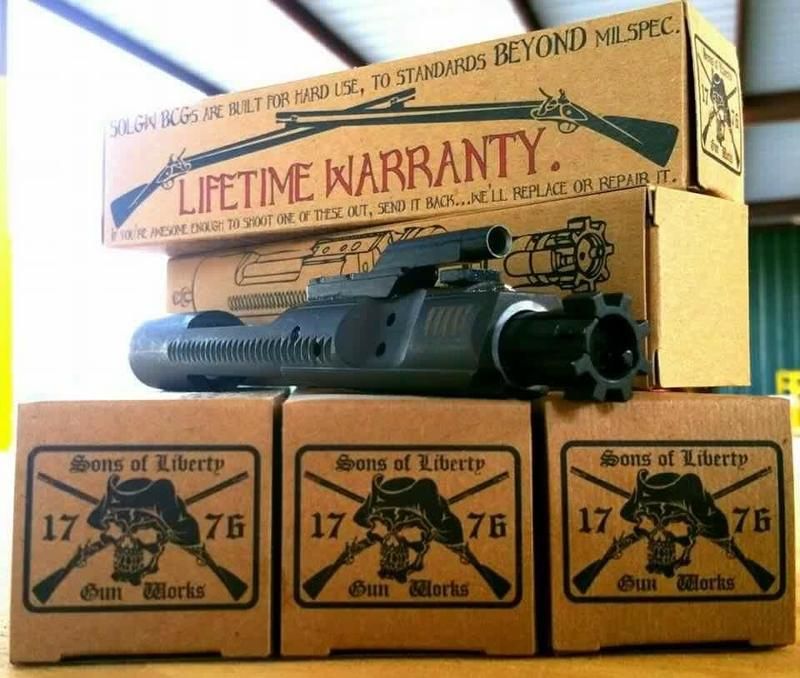
When I bought these parts, I used the same checklist that I use in the military. I selected the Sons of Liberty upper with their BCG. When it arrived, I took it apart and looked and I ended up having carbon on my hands. I thought that was really awesome to see that they test fire their stuff. I was super happy about that.
As I put together the build, I was also careful to go through and look at a lot of the things that Chad from School of the American Rifle has talked about. Things like carrier key staking, what buffer and spring is being used, I looked at the extractor and extractor spring, and then I go and shoot it.

What I don’t do and what your readers should not do is just buy a gun and then not shoot it and let it sit in their closet. They need to get out to the range and put rounds through the gun rather than just hope that it works.
Q: You’re a female in a male dominated area. Can you talk to any women out there about the importance of a being armed, knowledgeable and capable, and how the AR-15 is an ideal firearm to consider?
Stephanie Martz: I think it’s important. A guy isn’t always going to be around. As a woman, you have to know what you’re doing and you have to be able to protect yourself and your kids. I think that people are afraid of what they don’t understand, male or female. What I see that helps is to break the rifle down in front of them. Show them the individual parts. Highlight what each piece does. They can see that it is just a machine, and that there is nothing to be frightened of.
As far as being a female in the industry, it can be a little bit intimidating. You have so many guys that are very knowledgeable, and you’ll hear the term “gun bunny” thrown around, and it can be easy to get down on yourself because you think that they are not going to take you seriously. Then there’s the idea that if you say something wrong, it will instantly prove that “this chick doesn’t know anything.”
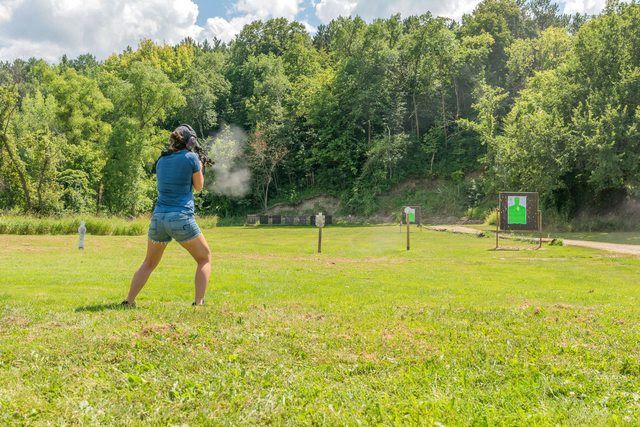
“Do the work…”
But for me, male or female, I’ve just had to go out there and do the work. And if you do that work, I think you can be proud of yourself. I’m proud of everything I’ve done in the military and I’m proud of all the knowledge I’ve gained at places like Primary & Secondary and others. To me, to be good at what you’re doing takes time and dedication, but it really does not matter what gender you are.
More than anything though, in both small arms repair and just shooting in general, I’ve found that everyone has just been so, so nice. It’s a very supportive industry and atmosphere. What I’ve experienced has been a lot of support and just a lot of guys that think it’s just so cool that I’m doing it, and people have always been so willing to help.
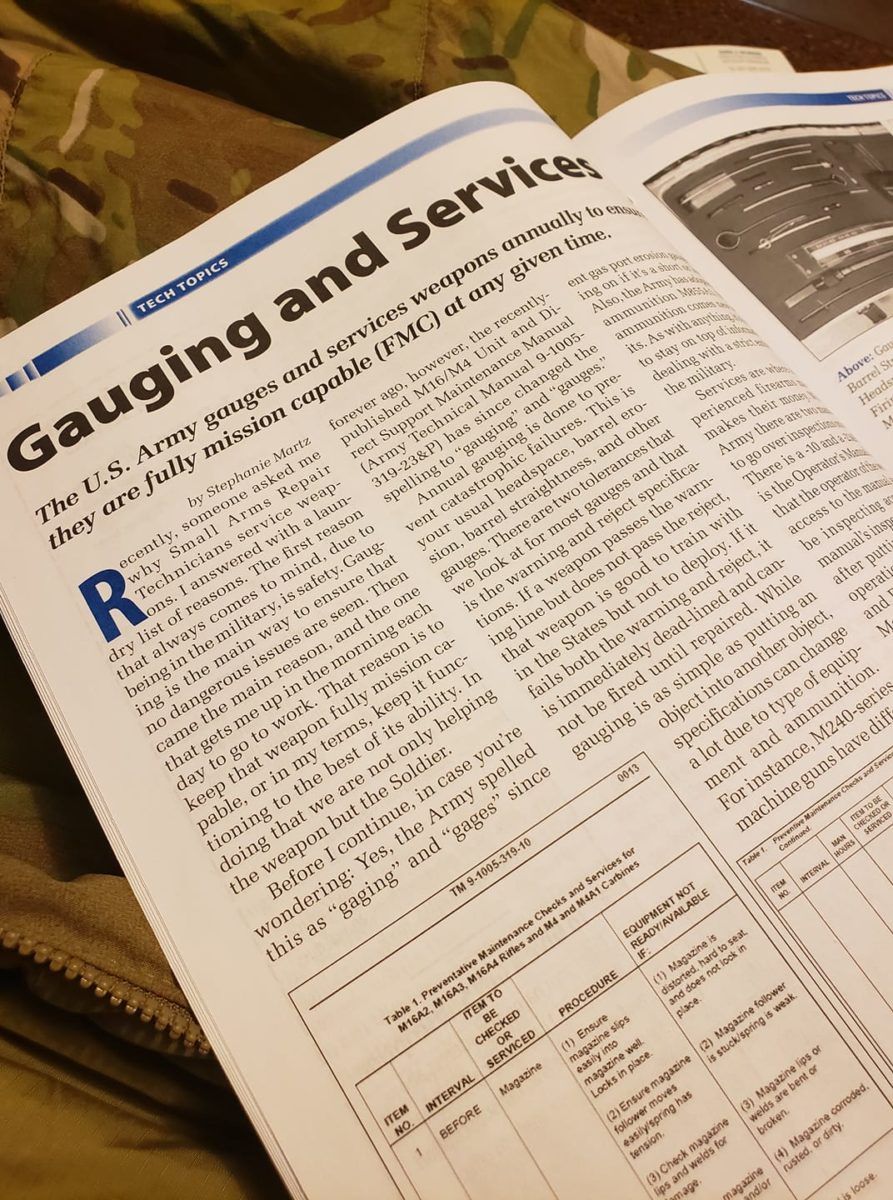
I’m to the point now where I do have a lot of confidence. I think I know enough that if I hear someone saying something that’s wrong online or in person, I’m not afraid to speak up and teach them and tell them what’s what. If I can help, I am going to, and in that moment, I don’t think it matters if I’m male or female. I will say that level of confidence doesn’t come overnight, but it can be gained. The first step is just being committed to learning and asking the “why”.
###

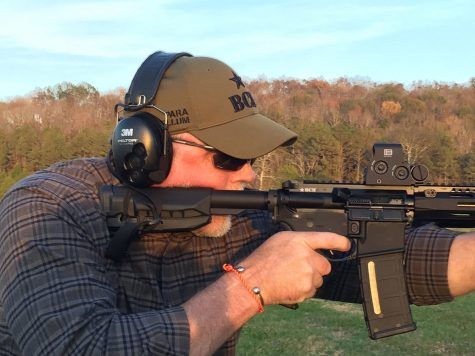


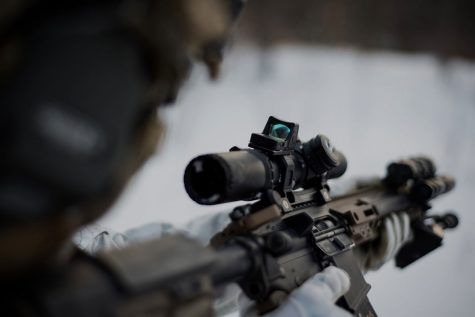
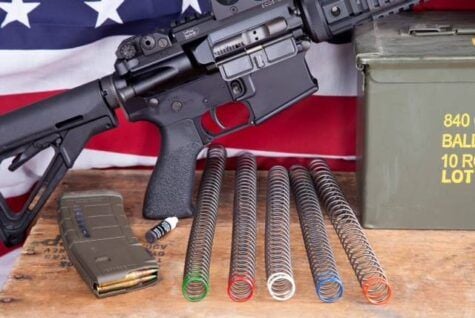
Is it just me, or does the Aimpoint red dot, numbered 4 in the picture, appear to be mounted backwards?
I have seen many red dots and scopes mounted backwards on LE rifles. How did they sight in the rifle and qualify? That is when the cops yell at me. Obviously, I do not know what I am talking about.
Both TM’s mentioned in the Gauging & Services article, American Gunsmith, Oct. ’19 have distribution limited to US government agencies and their contractors. Is it possible to pass the current data on to Local Law Enforcement? Or would previous TM, perhaps 1 or two revisions earlier be available>